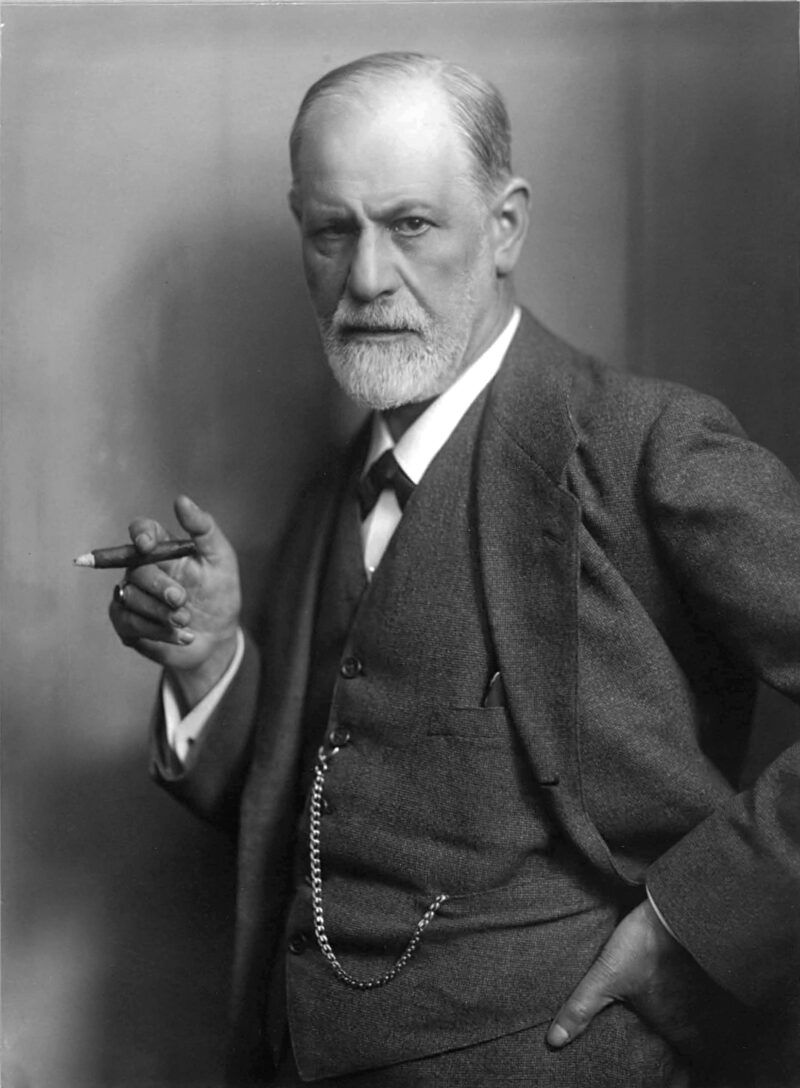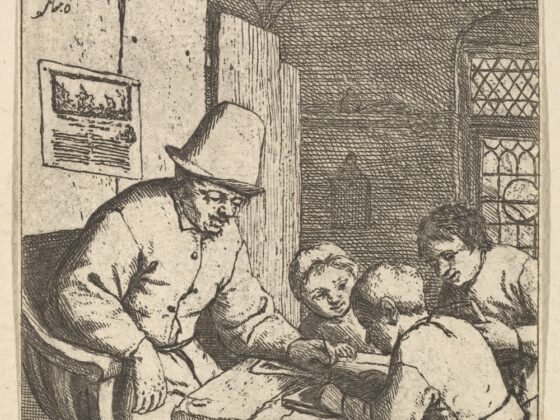
The self authoring suite is a compilation of four, interactive writing programs aimed at helping the author better understand themselves. Self-authoring helps the author understand their strengths, weaknesses, their past–including the memories from the past that could be controlling the present– and the ideal future you want and how you can go about to obtain it.
Self Authoring Suite Programs:
A very detailed user review of https://t.co/kccUtfqUn6 (thanks) https://t.co/y74UcwiJEJ pic.twitter.com/T40K2YeARH
— Dr Jordan B Peterson (@jordanbpeterson) April 18, 2018
Each Self Authoring program page presents an interactive journaling experience. In some sections, you’ll be asked to select from a series of traits that apply to you. In others, you write about the traits, or applicable memories, and how they may be affecting your behavior. Sometimes you’ll create a list of traits then order them by their relevance or importance.
The cost for the program full suite including all programs is $29.99. Individual programs are $15 each, so there is no reason to get an incomplete experience.
For the immediate answer, we believe it’s worth the cost. You can retake any program later. You should wait at least a year before you take a program again. See how your past results compare to your future results.
Freud’s Self Authoring Experiment
Sigmond Freud, the renown neurologist and founder of psychoanalysis, conducted a study that is equivalent to what the self-authoring program is. Freud asked students to write fifteen minutes per day for three days about the most painful experiences in their lives.

He had a control group write about normal everyday experiences using the same fifteen-minute window. The test group had noticeable improvements in their mental health after a slight dip in their mental being, caused from revisiting a painful experience from the past. However, this practice allows an individual to process an experience, so that it can be laid to rest. Processing trauma’s is burying the dead so they can rest. Trauma is useful in the ground, and baneful when it walks free.
The past authoring program involves conducting this Freudian analysis on yourself. It’s important to process all of the experiences from your past so that you are no longer chained to them. The more chains you carry, the slower you will walk down any path. For each additional chain, your journey becomes harder. But you don’t have to walk with chains; and you shouldn’t.
The Past authoring program component of the Self Authoring Suite involves writing your own memoir. The program is designed for you to develop a clear understanding of your past. This is easier if you’re building a time machine. Writing is a form of thinking, so by authoring our past we are processing our past. Unprocessed experiences from the past create baggage that you carry in the present. You can become a slave to your past, burden by baggage from years, or even decades ago. In order to drop your baggage, you have to process it.
This is the most difficult program in the self authoring program and it also takes the longest.
The process begins with dividing your life into seven different epochs. An epoch is a distinct period of time. You will have to decide how you split up the epochs of your life, ideally by clearly defined lines. Pre-puberty, grade school, college, 20’s for a few ideas. Your splits will depend on how old you are and the path you have taken. You describe important experiences in each epoch, of which you are asked to write at least 1000 characters. The self-authoring suite is private, so the more details the better. You can get raw with yourself and process the painful, unprocessed experiences from the past.
Then you select ten experiences to analyze.
Once you finish writing six experiences from each of your epochs, all of your experiences are listed on the next page. You’re asked to select ten. Next, you analyze each event and the effects of the event on your life. This is processing our past.
Dr. Peterson said the benefits of the Past Authoring program won’t start to take effect until a few weeks after you finish the program. This gives your brain time to process your memoir.
The Future Authoring program is broken down into two sections: Creating your ideal future and the goals you need to get there.
In Future Authoring, you’re asked to paint a mental picture of your ideal future. Use your mind’s eye while closing your eyes to really see and feel this future. The harder you can visualize it, the better. What do you really want? Think about this through the philosophy of mastery and understand the pursuit of mastery will give you fulfillment.
- Where do you want to live?
- What do you want to be doing?
- Who do you want to be connected with?
- What do you want to be known for?
You author the future so you have a say in it. Those who do not follow a path do not have a say in their future. They are on a path that is out of their control. They are walking on the Standstill treadmill. That’s when you’re going nowhere but still moving closer to death.
The first phase of Future Authoring involves authoring what you want your future to look like, while answering what you could do better to get there. This exercise allows you to think about how you can move farther down the path. Then you write about different components of your future life and how they fit in to your vision.
Lifestyle components
- Social life
- Leisure or play time
- Family life
- Career
Next you pick a couple of people you admire, ad explain what you admire about them. The last step in the Future Authoring program is writing your ideal future with succinct clarity. You will also write about the future you want to avoid, which is known as the Shadow path.
The second phase of Future Authoring is setting goals that will act as lighthouses on the path. These goals will be clear, because ambiguous goals create fog that prevents the wanderer from seeing his lighthouses. You begin by listing 6-8 goals with a title and why the goals are important to the future. Next you prioritize your goals in order of importance.
After that, you’re asked to evaluate each of your goals against the following criteria:
- Consider the broad personal and social impact of your goals
- Consider the detailed strategies for goal success
- Identify potential obstacles in your way
- How You’ll monitor progress to your goals
Then you get your final results compiled for you in the format of a useful referential summary.
The Present Authoring Faults program helps the author see the chains from their past that is working against their success on the path. Writing these faults will allow you to attach them to an experience and process that experience so you can be free of the fault.
You begin by selecting from a list of faults that are most applicable to you. Later order them by their prevalence.
The available present authoring faults span five categories:
- Extroversion/introversion
- Openness/traditionalism
- Conscientiousness/carelessness
- Emotional Stability/ Low-Stress Tolerance
- Agreeable/Assertive
Each category contains a number of faults relating to the parent category.
For example, the faults listed in the Agreeable/Assertive category include:
- Avoid conflict even when it is necessary.
- Find myself making excuses for other’s inappropriate behavior.
- Cannot negotiate for myself very well.
- Trust people too easily.
After picking faults, you’re asked to author an experience associated with the fault. For example, if you selected: often feel depressed and blue; you’ll write about a memory when you felt that way. After writing about how the fault affected your life, you process it, and think about how you can manually improve this fault. This puts forth manual effort to ensure that your life does not get fucked up.

It’s painful to confront your faults, but it is the only way you can repair them. Think about your Spirit as a building that must be maintained. You can ignore faults, but if enough accumulate, the building can be severely damaged, lose function, and even collapse on itself in a complete spiritual death from hundreds of faults accumulated-but-not repaired over years of experience.
The Present Authoring Virtues program requires a memorandum on your best traits and characteristics. This is an important exercise for those who do not have self-love, meaning they are not the best advocate for themselves. The strengths listed in the virtue program each apply to different circumstances or events.
Pick virtues from the same big five categories listed in the faults section.
Categories:
- Extraversion/introversion
- openness/traditionalism
- conscientiousness/carelessness
- emotional stability/low stress tolerance
- agreeable/assertive
Openness/Traditionalism Virtue Examples:
- Am full of ideas.
- Am philosophically inclined.
- Have excellent ideas.
- Spent time reflecting on things.
- Am Entrepreneurial.
Once you’re finished, your writings are available in an essay format. You can print or email the final results which is a requirement so you can review this information later.
Summary
The Self Authoring Suite is a way to process your past and plan for the future. If this is your first time processing your past, you could become free from chains that hold you down. If this is your first time envisioning your future, your new life could begin immediately on multiple paths.
The Self Authoring Suite is worth it for the cost of $29.99











